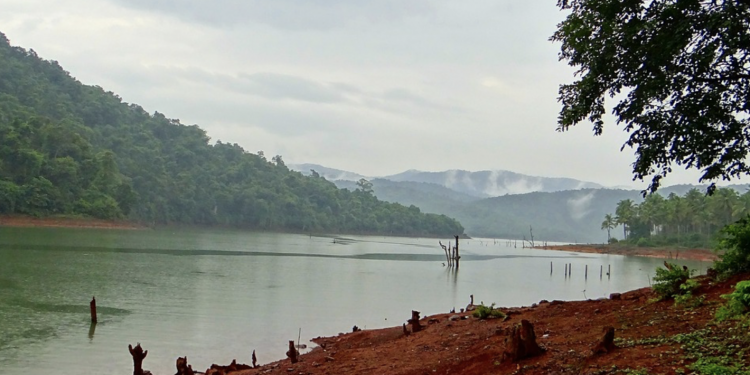India’s New Changes To The Environmental Impact Assessment (EIA)

Introduction
The Environmental Impact Assessment (EIA) is a study used to predict the effect of a proposed activity or project on the environment. It allows the government and the public to conduct an environmental risk assessment before allowing the start of a project. India implemented its first EIA policy in 1978 and expanded it further in 1994 and 2006 to include additional protections. This year, the government has proposed an amended draft to make the EIA “process more transparent and expedient.” In doing so, this would ease approval processes and reduce the rigor of the risk assessment. The proposed amendment is a regressive step—it prioritizes the welfare of large businesses and short-term economic growth over long-term environmental protection and public health. Though these changes would allow for faster environmental clearance of commercial projects, its results would create short- and long-term ecological and public health hazards, while also undermining the democratic process.
Short-Term Effects
The short-term effects of weak Environmental Impact Assessments can be devastating, as seen from two recent events that took place as a result of the already-inefficient EIA process. On May 27, 2020, there was an oil spill and a resulting fire in Baghjan, Assam, at an Oil India Limited well. This resulted in harm to biodiversity as well as the displacement of hundreds of families. A committee of experts submitted a report to the National Green Tribunal, stating that this calamity could have been prevented if the proper environmental protocol had been followed. Similarly, the Vishakhapatnam gas leak on May 7, 2020, resulted in the deaths of 12 people, injured hundreds, and displaced 20,000. Parallel to the Assam oil spill, LG Polymers did not have all the environmental clearances in place to conduct this activity. Loosening the already-inefficient EIA processes and regulations will result in many more similarly devastating incidents.
Long-Term Effects
Both the Assam and Vishakhapatnam incidents have reported long-term environmental and public health consequences. India already suffers from the mass effects of environmental degradation such as air and water pollution, plastic pollution, and water shortages. The proposed changes to the EIA will intensify these issues as it will allow for easier clearance of economic projects and, as a result, increase the number of polluters. According to Rahul Gandhi, a leader of the Congress party, “the long term consequences will be ‘catastrophic.’” Further, loosening the EIA will allow for projects to obtain land through deforestation. This would have a tremendously negative impact on the environment and public health in the near future.
Government Control Over The EIA Process
As seen through the Vishakhapatnam and Assam incidents, India currently faces issues with enforcing environmental regulations and protections. Though the 2006 EIA is unproblematic in its policy, there is presently a “political and bureaucratic stronghold” on the EIA process. The 2020 draft “proposes to bolster the government’s discretionary power while limiting public engagement.” The new plan releases numerous projects from public deliberation. According to environmental conservationist Neha Sinha, the new process “leans more heavily towards continuing operations rather than shutting them down.” This will prevent the general public from commenting on or being notified of projects that could negatively affect them and their surroundings, moving towards absolute governmental control over the EIA process.
Economic Prosperity?
The quicker and more lenient EIA process will allow businesses to expand more efficiently, and this can help boost the economy by creating more jobs. The main proponent for this policy is the Indian government, claiming that “taking penal action would create hurdles in ‘ease of doing business.’” However, economic growth is directly linked to resource depletion. Without natural resources, the economy cannot be sustainable in the long-run. Consequently, the new EIA would create future economic problems along with environmental and public health issues.
Actions Against The 2020 EIA Draft
Indians have rallied on social media to fight the 2020 EIA draft, which was released for public comment this past spring. This window closed on August 11th after two extensions. The youth organization, Fridays for Future India (FFI), has played a large part in spearheading the movement against the EIA 2020 draft, but in July their website was temporarily blocked under an anti-terror law after Union environment minister Prakash Javadekhar filed a complaint, stating that FFI’s website is “dangerous for the peace, tranquility and sovereignty of the [sic] India.” Despite this, social media activists came together to fight the new EIA. By the August 11 deadline, the government received 1.7 million complaints and is currently “vetting” them in order to release a new statement. Though the official deadline for public comment has now closed, supporting organizations such as FFI and Let India Breathe are great ways to sustain this movement.
